The Avenel Stone Bridge, located about 115 kilometers north of Melbourne, is a significant piece of historical infrastructure that has stood the test of time. Constructed in 1859, this bridge spans the Hughes Creek in the small rural town of Avenel.
Built during the gold rush era, the Avenel Stone Bridge played a crucial role in connecting the developing inland regions of Victoria with Melbourne. It was part of the main overland route between Sydney and Melbourne, facilitating the movement of people, goods, and mail between these two major colonial centres.
The bridge is notable for its sturdy construction and architectural design. Built entirely of locally-sourced bluestone, it features three arches supported by robust piers. The use of stone was a deliberate choice to ensure the bridge’s longevity and ability to withstand heavy traffic and potential flooding of Hughes Creek.
One of the most intriguing aspects of the Avenel Stone Bridge is its connection to the infamous bushranger Ned Kelly. As a young boy, Kelly is said to have saved another child, Richard Shelton, from drowning in Hughes Creek near this bridge. This act of heroism earned Kelly a green silk sash as a reward, which he later wore under his armor during his final stand at Glenrowan.
The bridge has been well-preserved over the years and remains in use today, though it now serves local traffic rather than being part of a major highway. Its historical significance has been recognised, and it is listed on the Victorian Heritage Register.
For visitors to Avenel, the stone bridge offers a tangible link to Victoria’s colonial past. It stands as a testament to the engineering skills of early settlers and the importance of transportation infrastructure in the development of the Australian colonies.
Would you like me to elaborate on any specific aspect of the Avenel Stone Bridge or its historical context?

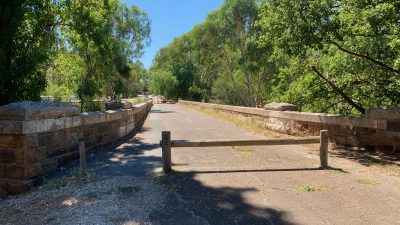
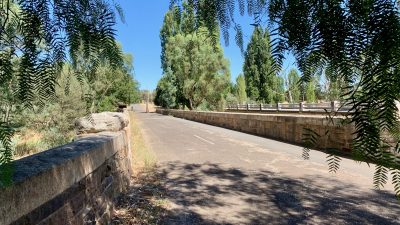
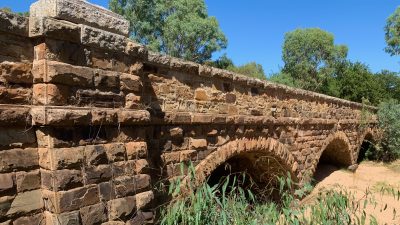
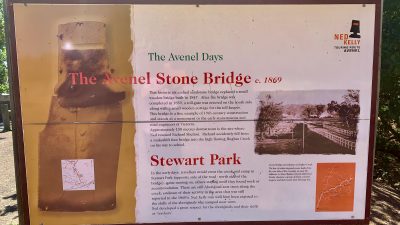

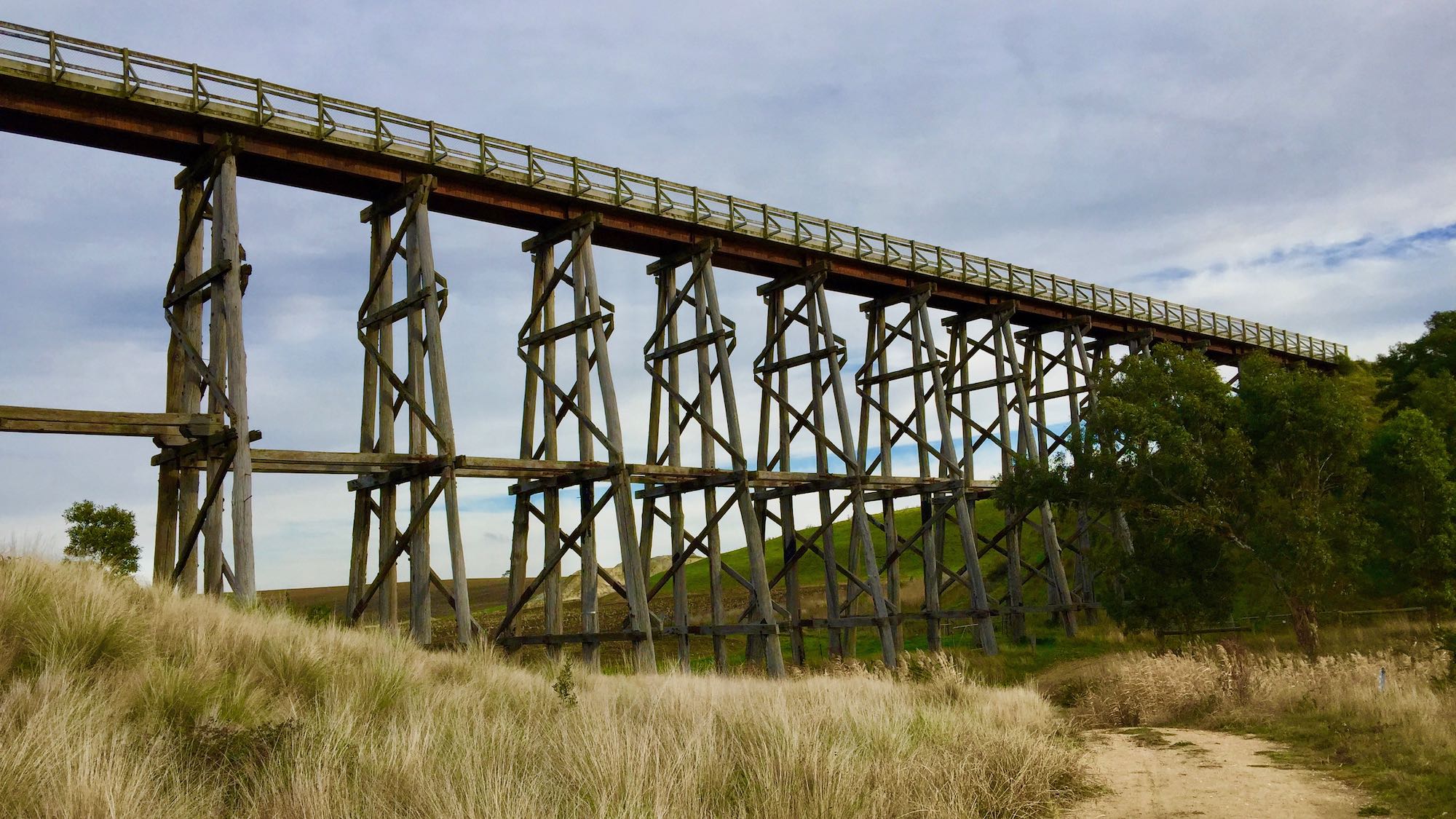
Leave A Comment